The world's largest mega-city already has more people than Canada, Argentina, or Australia
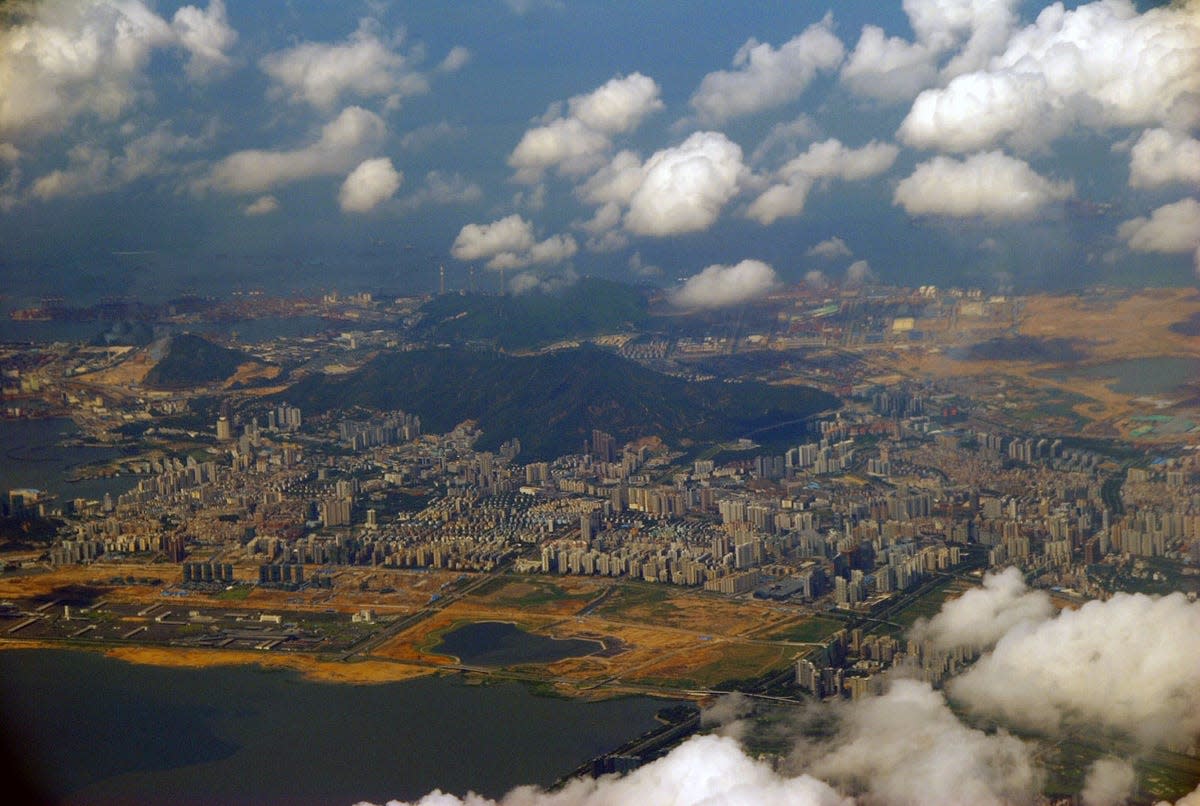
Photo Credit: IK'sWorldTrip/Flickr
China's Pearl River Delta is swallowing up nearby cities.
As the largest urban area in the world, the region features a population of roughly 42 million housed inside a 2,700-square mile perimeter.
The Pearl River Delta is made up of nine cities each boasting populations above one million. And China is combining them all into one giant mega-city.
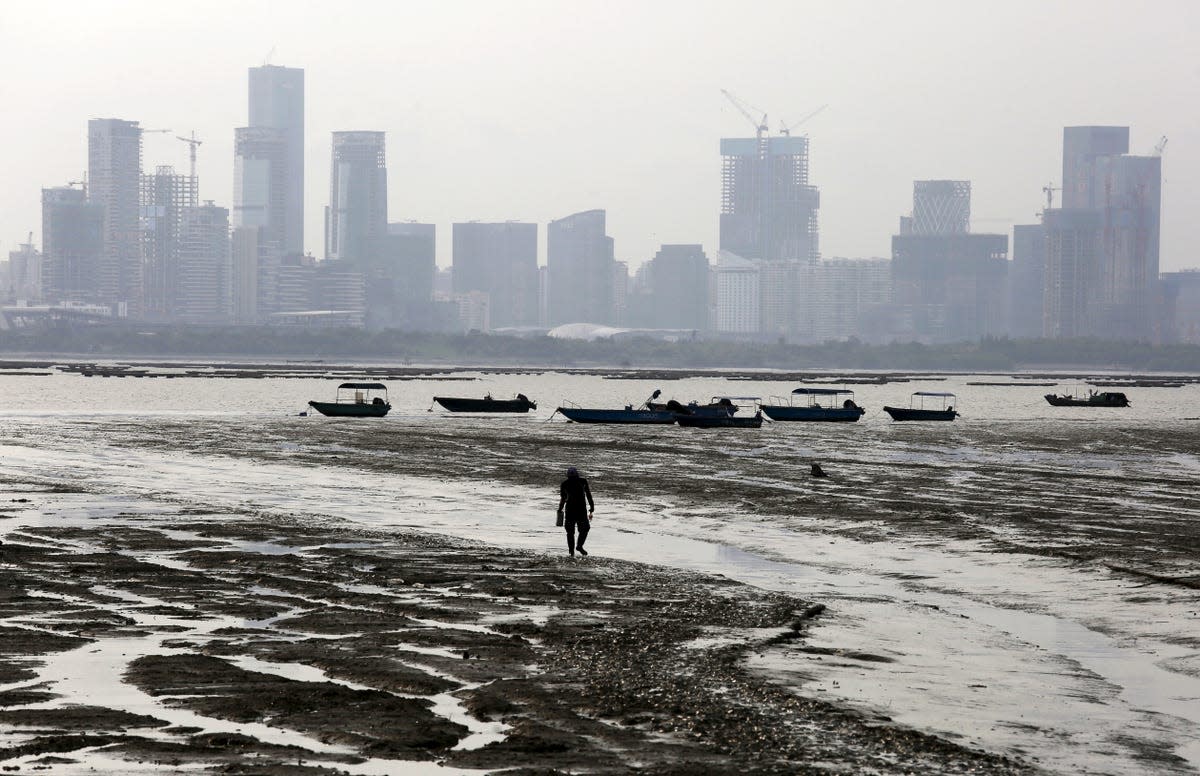
Photo credit: Bobby Yip/Reuters
The PRD began as a rural region with an agriculture-based economy. Urbanization didn't take off until the early 1990s, when factories and big business flocked to the region and brought with them millions of new residents.
In 2008, the Chinese government revealed its plan to combine the nine major cities in the PRD — Shenzhen, Dongguan, Huizhou, Zhuhai, Zhongshan, Jiangmen, Guangzhou, Foshan, and Zhaoqing.
By 2030, China plans to spend RMB 2 trillion ($322 billion) in the hopes of drawing more people from the outskirts of the megalopolis to inside its border. The population is expected to rise to 80 million with a total GDP of $2 trillion. (The entire US GDP is just shy of $17 trillion.)
The key question is whether China can make the mega-city merger sustainable. The country has started construction on bridges and railways to connect the cities, both with each other and the neighboring metropolises.
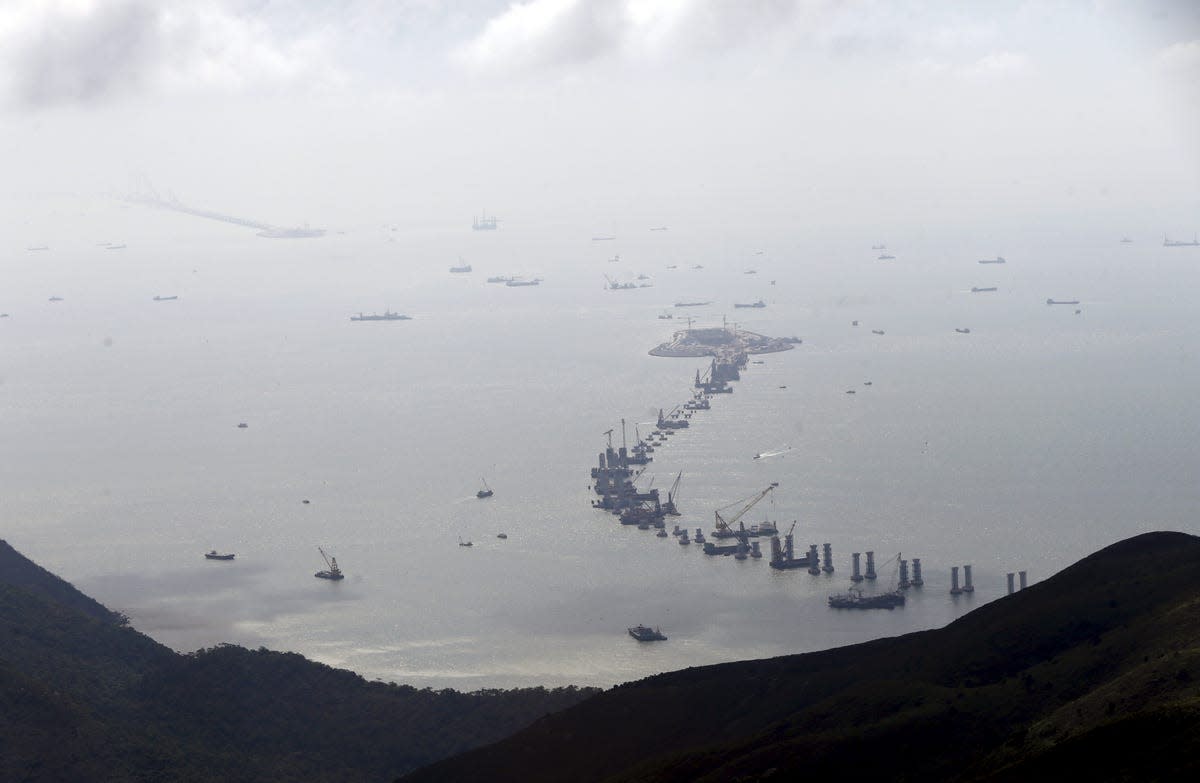
Photo Credit: Bobby Yip/Reuters
In a sense, the region has a lot of room for growth.
Roughly 64% of people in the PRD still live in non-urban areas, according to data from a recent World Bank report.
But the consequences of urbanization — lagging public transportation infrastructure and a scarcity of affordable public housing — will no doubt leave others stranded on the fringes. And there are also those who will be displaced by rapid construction.
This woman, for example, was swept up in the consequences of large-scale urbanization when workers accidentally knocked her house down during demolition.
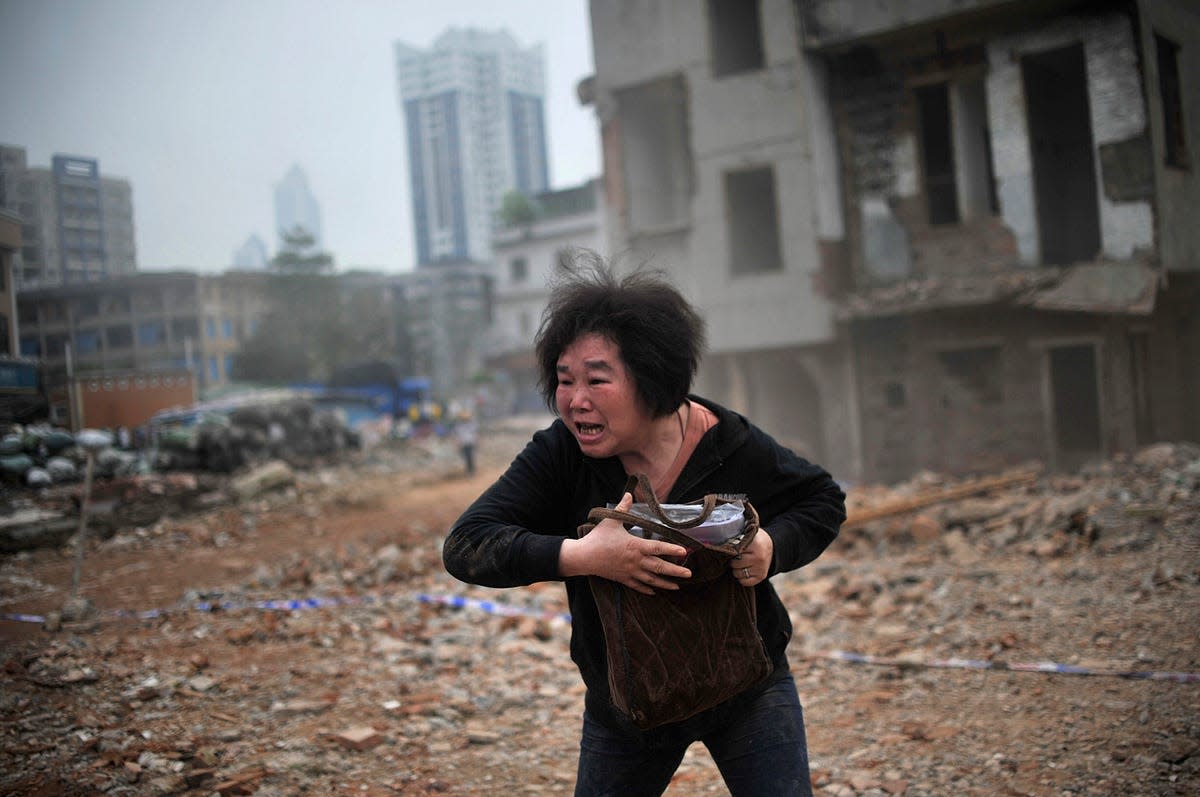
Photo credit: Stringer China/Reuters
In other parts of the PRD, urbanization proceeds at unequal rates, leading to odd juxtapositions in housing complexes, like this small structure surrounded by high-rises.
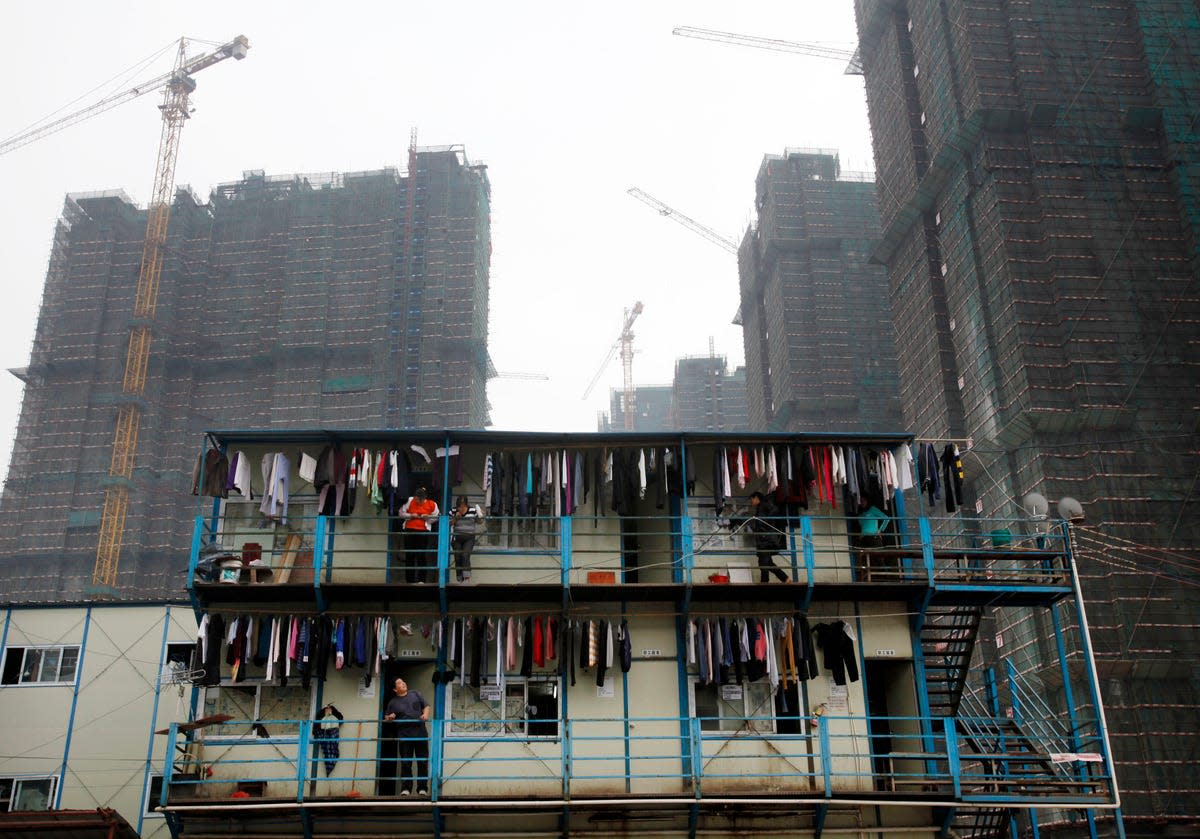
Photo credit: Joe Tan/Reuters
It will be a challenge in the remaining 15 years of China's expansion plan to resolve pockets of inequality. East Asia already has eight mega cities and 123 cities of between one and 10 million people.
If trends hold, those numbers will only continue to rise.
"While this transformation is going on, there is still an opportunity to set the course of urbanisation on a more sustainable and equitable path," the World Bank report states. "Within a few decades, this window of opportunity will close, and future generations will be left to deal with the consequences of how we urbanise today."
NOW WATCH: 11 facts that show how different China is from the rest of the world
See Also:
Apple's CarPlay and Google's Android Auto will soon dominate connected car services
JetBlue's new rooftop park will make you want to visit JFK Airport voluntarily
SEE ALSO: In China's Pearl River Delta, HSBC faces a risky voyage
WATCH: China by the numbers:


